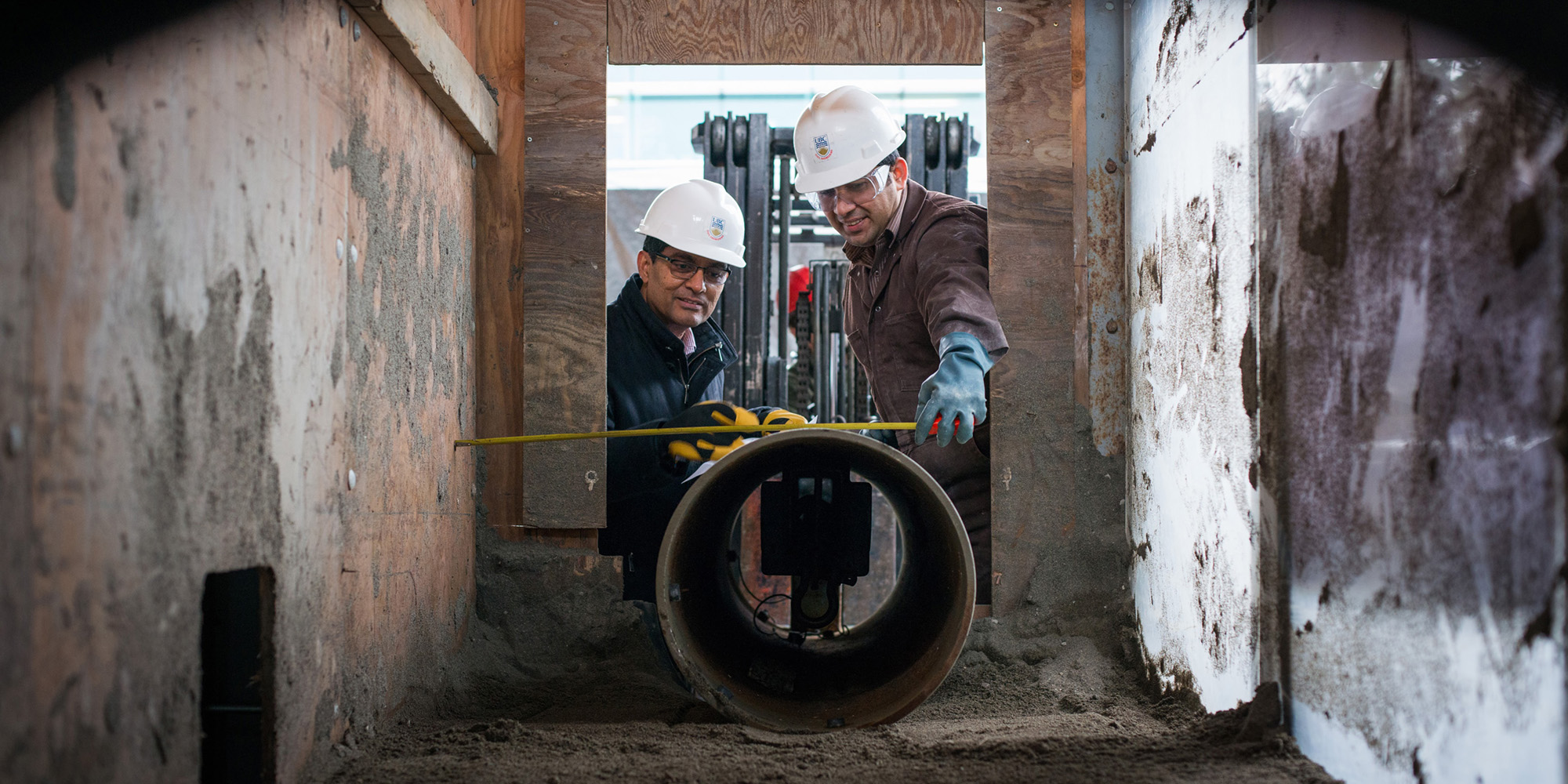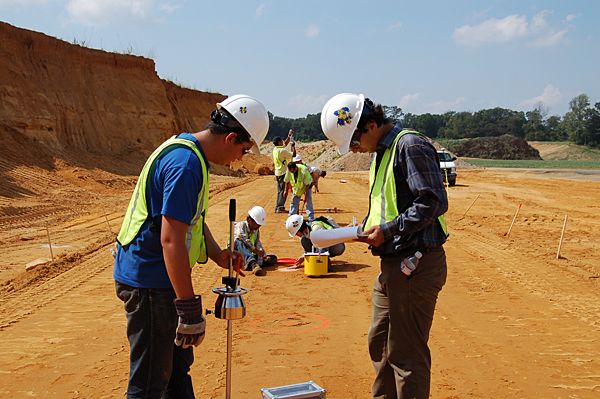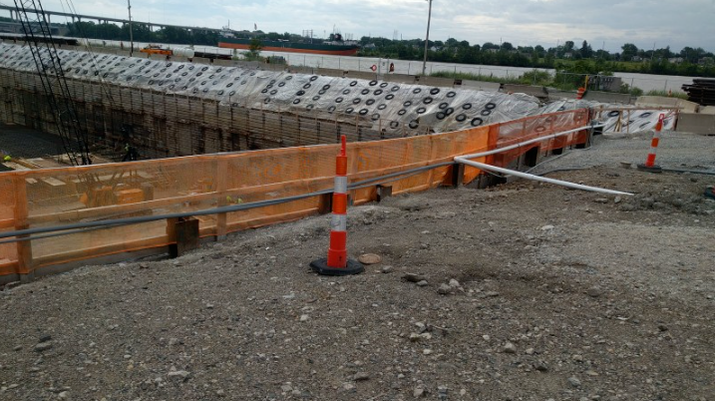Discovering the Important Role of Consulting Engineers in Geotechnical Projects: A Thorough Summary of Their Payments and Duties
Consulting designers work as crucial numbers within geotechnical tasks, entrusted with the elaborate obligations of assessing subsurface problems and making sure the structural stability of constructions. Their experience not just shapes layout criteria and governing conformity yet likewise helps with crucial communication amongst numerous stakeholders, therefore improving job results. The intricacy of their function is more highlighted by the requirement for proactive threat administration strategies and ecological factors to consider. As we explore the complex payments of speaking with engineers, it comes to be noticeable that their involvement is vital to navigating the obstacles intrinsic in geotechnical ventures. What specific approaches do these specialists utilize to secure project success?
Summary of Geotechnical Design
Geotechnical engineering is an essential self-control within civil design that focuses on the habits of earth products and their interaction with frameworks. This field incorporates the research study of dirt, rock, groundwater, and the mechanics regulating their homes and actions. Geotechnical engineers assess the physical and chemical homes of these products to determine their viability for different building and construction projects, making sure that structures are established on steady and trusted ground.

Additionally, geotechnical engineers have to consider ecological factors, such as dirt contamination and groundwater monitoring, to promote sustainable development. Their competence is essential in maximizing the style and construction procedures, eventually adding to the durability and safety of civil design tasks.
Secret Responsibilities of Consulting Engineers

In addition, they are accountable for establishing design specifications and specifications that stick to regulatory requirements and ideal techniques. This consists of assessing site conditions and identifying suitable construction methods, which is important for lessening threats connected with ground instability.
Consulting designers likewise work as intermediaries in between various stakeholders, including clients, service providers, and governing bodies, helping with clear interaction and collaboration throughout the task lifecycle. consulting civil engineering companies. They provide expert assistance throughout building and construction, making certain that geotechnical elements are sufficiently attended to and that any type of unforeseen challenges are taken care of efficiently. Ultimately, the multifaceted obligations of speaking with engineers are essential to the stability and success of geotechnical tasks, influencing both safety and security and sustainability in building techniques
Site Evaluations and Investigations
A detailed site assessment is necessary for understanding the subsurface problems that influence geotechnical projects. Consulting engineers play a pivotal duty in conducting these analyses to make certain the safety and feasibility of building and construction tasks. This procedure generally entails a series of investigations, consisting of soil tasting, borehole exploration, and geophysical studies, to gather vital information on soil homes, groundwater degrees, and the geological context of the site.
Engineers assess the gotten information to identify the possible obstacles positioned by the subsurface conditions, such as dirt instability or high groundwater levels, which can impact the style and implementation of the job. Additionally, site assessments assist in evaluating the presence of contaminants, which is important for environmental conformity and guaranteeing public safety.
Moreover, speaking with engineers coordinate with multidisciplinary groups to integrate searchings for from site examinations right into more comprehensive job goals. With extensive paperwork and reporting, they provide crucial insights that educate stakeholders regarding the suitability of the website for proposed developments. Eventually, the thoroughness of site evaluations lays the foundation for effective planning and design services, mitigating dangers connected with unforeseen subsurface conditions.
Design and Danger Administration
After carrying out comprehensive site analyses, getting in touch with engineers concentrate on the design and risk monitoring elements of geotechnical projects. This stage is essential as helpful hints it makes sure that the engineered options are not just reliable but also safe and lasting (consulting civil engineering companies). Designers utilize their expertise to establish styles that resolve the details geotechnical problems identified during the website analyses, including soil residential or commercial properties, groundwater behavior, and potential hazards
Danger monitoring is integral to this procedure, as it entails recognizing, assessing, and mitigating possible threats related to the job. Engineers utilize different logical approaches and modeling methods to anticipate the habits of soil and rock under different loading problems. By evaluating unpredictabilities and possible failing modes, they can recommend design adjustments that improve stability and weblink lower danger.
Moreover, consulting engineers guarantee compliance with relevant codes and standards, which are vital for decreasing obligations. They likewise prepare contingency strategies to resolve unforeseen difficulties that may develop during building and construction. Via thorough layout and aggressive threat administration, consulting engineers play a crucial duty in ensuring the safety, functionality, and durability of geotechnical projects, ultimately adding to the total success of the building and construction undertaking.
Partnership With Job Stakeholders
Efficient collaboration with project stakeholders is important for the success of geotechnical jobs. pop over here Consulting designers play a pivotal role in helping with communication among numerous parties, consisting of customers, specialists, regulative authorities, and environmental experts. This cooperation ensures that all stakeholders have a clear understanding of task objectives, timelines, and prospective dangers.
Consulting designers are accountable for incorporating stakeholder input right into the layout and execution of geotechnical options - consulting civil engineering companies. By actively involving with stakeholders, they can recognize concerns early in the job lifecycle, allowing timely modifications and mitigating prospective problems. This aggressive technique not only cultivates trust yet also enhances task performance
In addition, speaking with engineers must browse the complexities of regulatory compliance, ensuring that all geotechnical techniques line up with lawful and ecological requirements. Their experience around is essential in preserving open lines of interaction with governing bodies, consequently helping with smoother approvals and allowing processes.
Verdict
